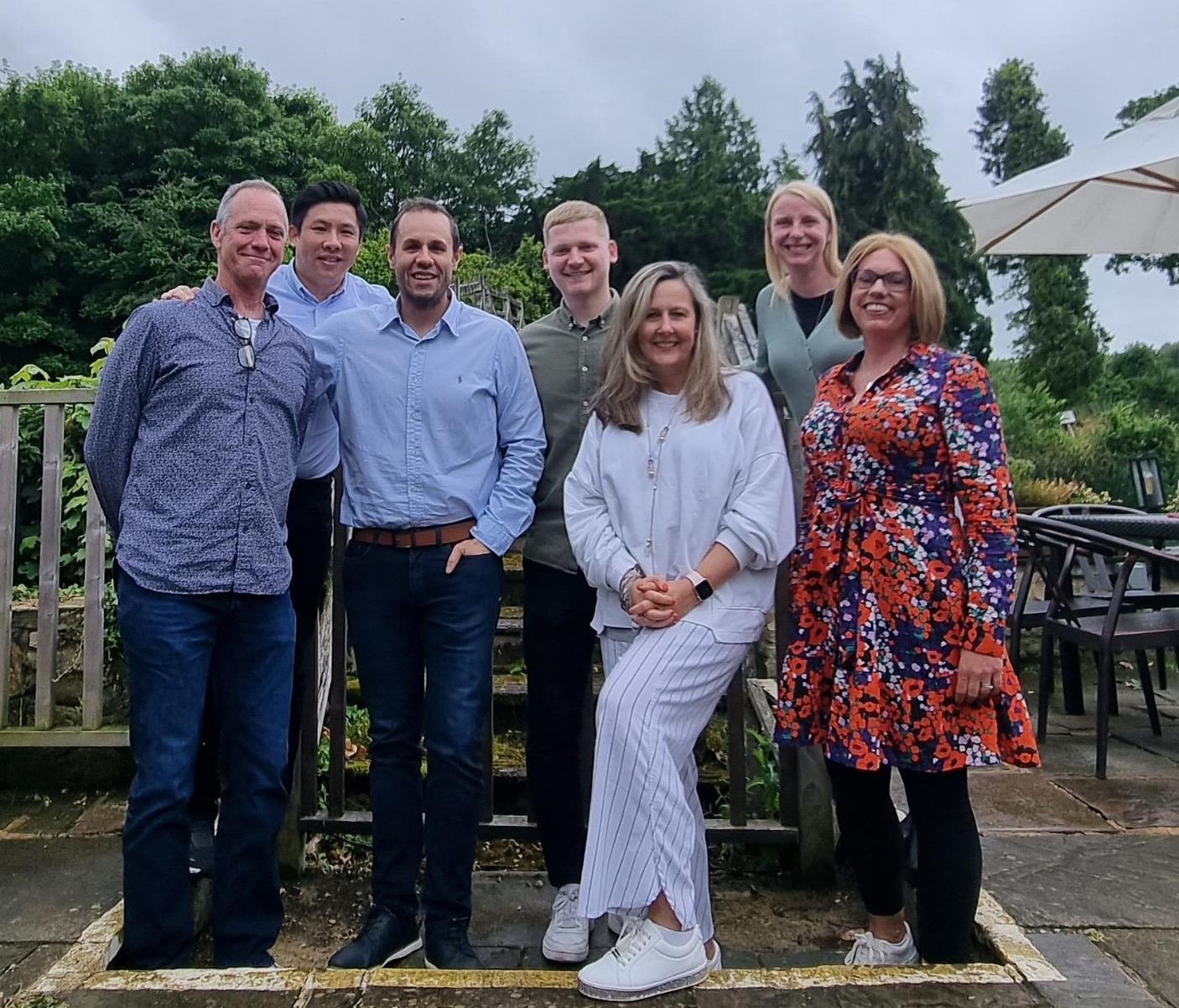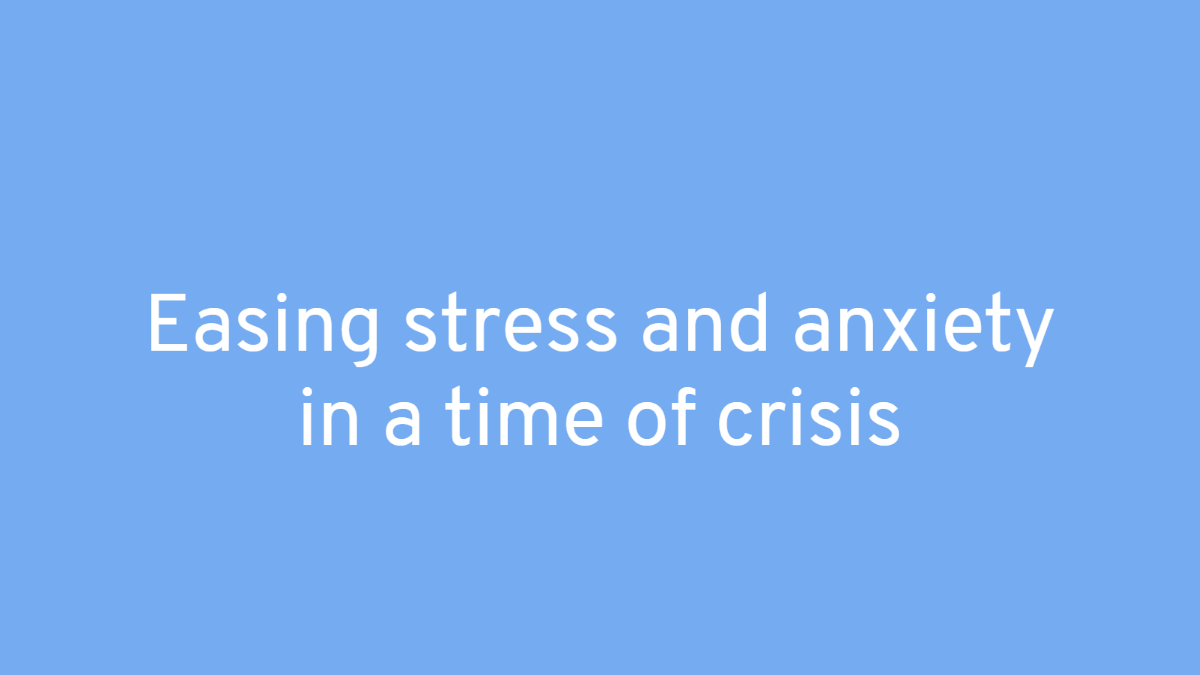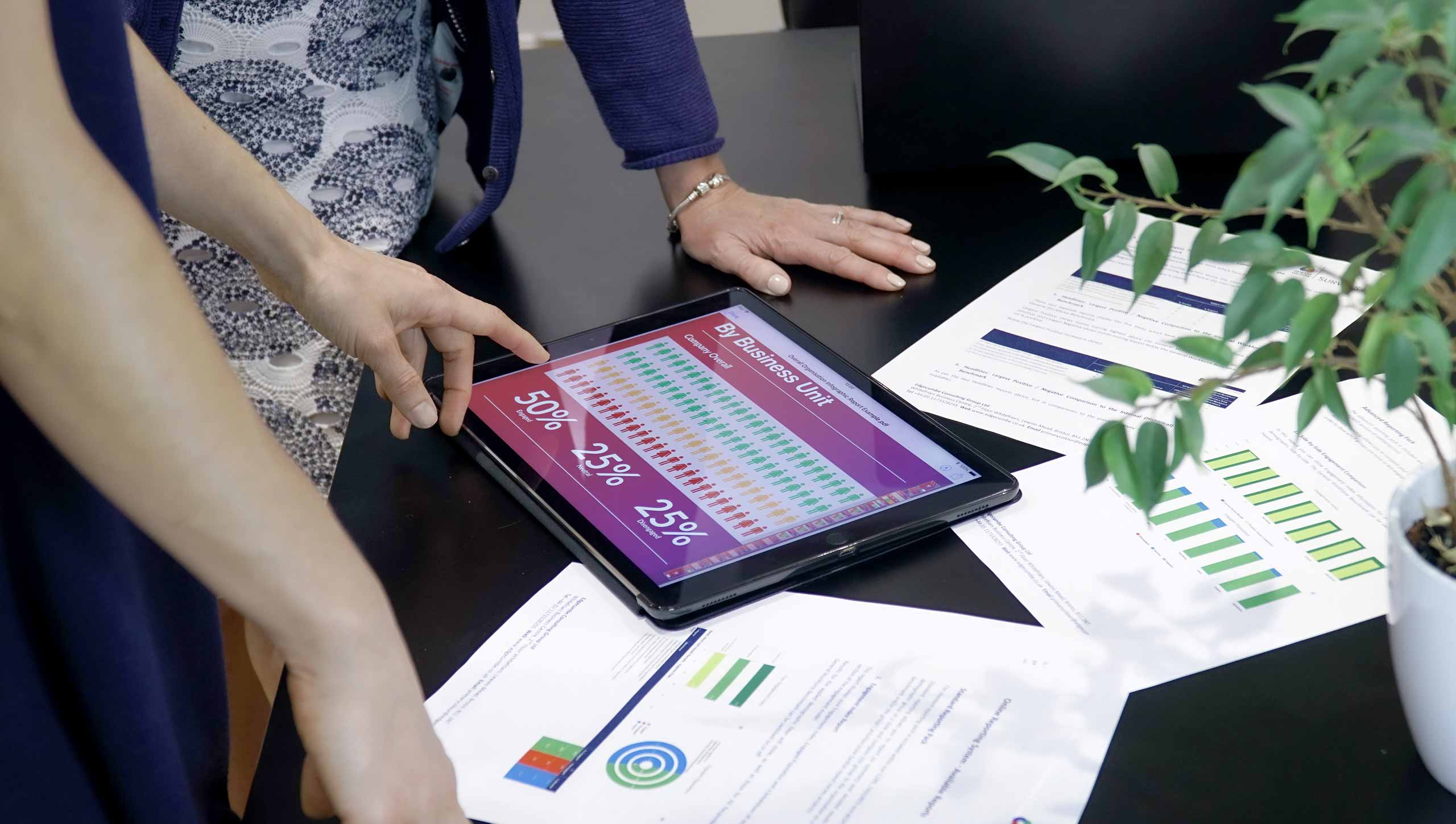More than ever, organisations are looking for ways to keep their people motivated and engaged. But knowing how to do it, when resources are tight and most of us are working remotely, has become something of a dark art. We’re told we should buy subscriptions to ‘perk’ schemes, take our teams to obstacle courses, or more recently, to virtual escape rooms. Yet it’s hard to find the time and money for these things when you’re fighting for survival, and it’s hard to know what really works. We need something that does more than making people feel better for a day or two.
As engagement experts, we’re big on evidence and data. We help our clients to find lasting and effective ways to improve levels of engagement in their organisations. To inform them we continually review data from the employee engagement surveys they do to see what’s moving the dial. We’ve found that whilst the core drivers remain pretty consistent over time, their influence on engagement ebbs and flows as circumstances change.
Recently, we have seen a trend in the comments employees make about their experience at work. They are taking more and more interest in what they do, who they do it with and why they do it.
We reviewed the data from all organisations that used our core survey over the last year and we found a clear cluster of priorities for action – strong drivers of engagement where employees feel there is room for improvement – that relate to job and role design.
Specifically, at the moment employees are more likely to be engaged when they:
- are happy with the amount of flexibility and input they have in their job;
- feel their job makes good use of their skills and experience;
- find their job challenging and stimulating.
So, how can we use these insights to improve engagement? The results suggest we need to find a way for employees to shape their work in a way that suits them as individuals. Our research and our experience working with clients suggest that job crafting is the answer.
Job crafting flips the traditional top-down approach to job design on its head. It involves employees reviewing the fit between themselves and their roles and make subtle changes that enable them to do their work in a way which better reflects their personal strengths, interests, and values.
Employees can craft in three ways:
1. Task crafting
This means adjusting the number, type, or nature of tasks that make up their work so that they better align to peoples’ interests, strengths, and values. For example, if you love social media, you could offer to support brand campaigns and make content more engaging, even if it’s not part of your formal job description.
2. Relational crafting
This means changing the number, type and frequency of interactions and relationships you have with others. For example, an experienced leader may might change their relationship with a colleague by becoming a mentor.
3. Cognitive crafting
This means re-thinking and re-imagining how you think about the purpose and meaning of your work, and the impact it has on others. Famously, when asked about his job at NASA, one janitor replied, “I help to put astronauts on the moon!”
We think job crafting is a great way to play on the drivers of engagement we identified in our research. It gives people the flexibility and input to change what they do (task crafting), who they do it with (relational crafting) and why they do it (cognitive crafting). And by re-imagining their work tasks, relationships and purpose they can make better use of their skills and experience, making their work more challenging and stimulating.
Given these benefits, it is not surprising that research (see reference list) consistently finds job crafting has a positive influence on employee engagement, as well as in-role performance, organizational commitment, job satisfaction, wellbeing, happiness and self-efficacy. Organisations such as Google, Facebook, McKinsey, Intel, Virgin and KPMG have caught on and introduced the concept to their employees. So how can you too experience these benefits?
Here’s the catch, employees cannot be made to job craft effectively. It’s a bottom-up practice whose success relies on employees choosing to make changes to their work because they want to, rather than because they’ve been told to make them. So, organisations can help by creating conditions which enable and encourage employees to craft, but they can’t expect it to work if they try to force it. The research in this area is in its infancy, so we conducted interviews with a sample of employees who job craft to find out what influenced their decision to try it out.
Four key actions organisations can take (identified through our findings)
1. Employees must feel they have permission to craft. This can be communicated explicitly by leaders and by the introduction of job crafting workshops. Managers can also role model job crafting behaviours and introduce processes such as ‘crafting conversations’.
2. Make sure employees feel psychologically safe. People need to feel able to share ideas, experiment with new methods, and make mistakes without fearing ridicule or punishment.
3. Ensure employees have the control needed to craft. People need enough autonomy, trust, decision latitude, and control over their workload to make the adjustments job crafting involves.
4. Give employees sufficient capacity to craft. Make sure their workloads are realistic, that they have clear role boundaries within which to exercise their creativity and give them the skills and protected time to experiment with crafting.
Our mission at Edgecumbe is to help people and organisations thrive. If you would like to learn more about how you can create the conditions for crafting in your organisation, please get in touch.
References
Bakker, A. B., Tims, M., & Derks, D. (2012). Proactive personality and job performance: The role of job crafting and work engagement. Human relations, 65, 1359-1378.
Ghitulescu, B. E. (2007). Shaping tasks and relationships at work: Examining the antecedents and consequences of employee job crafting (Doctoral dissertation, University of Pittsburgh, America). Retrieved from http://d-scholarship.pitt.edu/10312/1/ghitulescube_etd.pdf
Gordon, H. J., Demerouti, E., Le Blanc, P. M., Bakker, A. B., Bipp, T., & Verhagen, M. A. (2018). Individual job redesign: job crafting interventions in healthcare. Journal of Vocational Behavior, 104, 98-114.
Leana, C., Appelbaum, E., & Shevchuk, I. (2009). Work process and quality of care in early childhood education: The role of job crafting. Academy of Management Journal, 52, 1169 – 1192.
Van den Heuvel, M., Demerouti, E., & Peeters, M. C. (2015). The job crafting intervention: Effects on job resources, self‐efficacy, and affective well‐being. Journal of Occupational and Organizational Psychology, 88, 511-532.
Van Wingerden, J., & Poell, R. F. (2017). Employees POC and in role performance: The mediating role of job crafting and work engagement. Frontiers in Psychology, 8, 1876.
Van Wingerden, J., Bakker, A. B., & Derks, D. (2017a). The longitudinal impact of a job crafting intervention. European Journal of Work and Organizational Psychology, 26, 107-119.
Van Wingerden, J., Bakker, A. B., & Derks, D. (2017b). Fostering employee well-being via a job crafting intervention. Journal of Vocational Behavior, 100, 164-174.





















